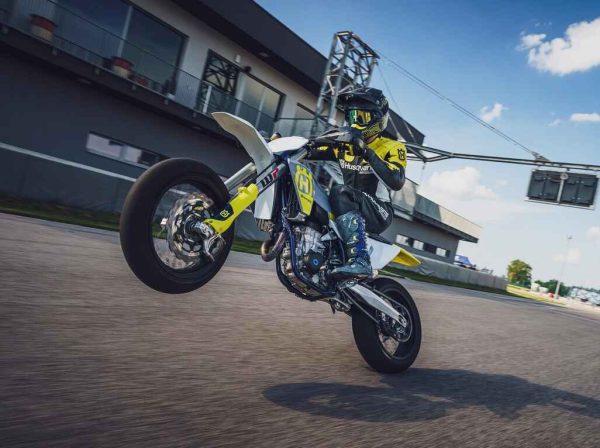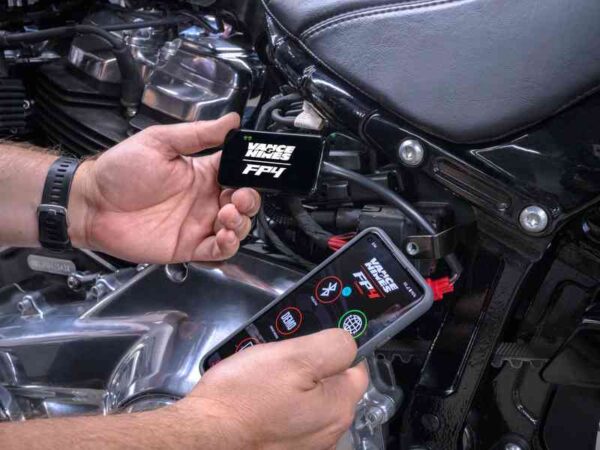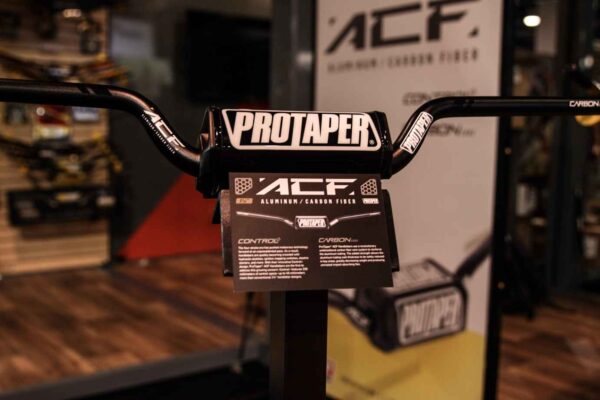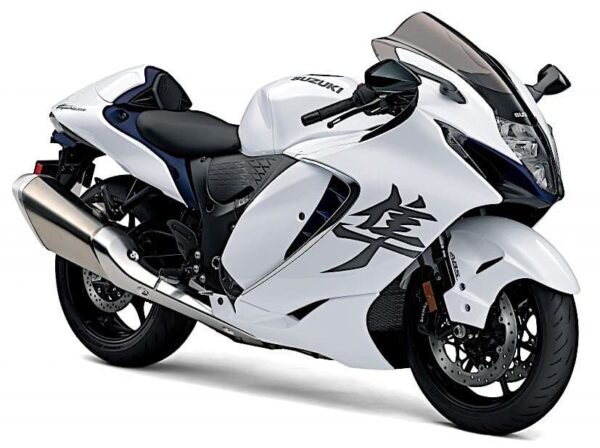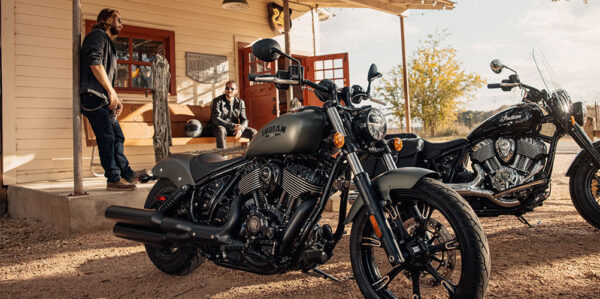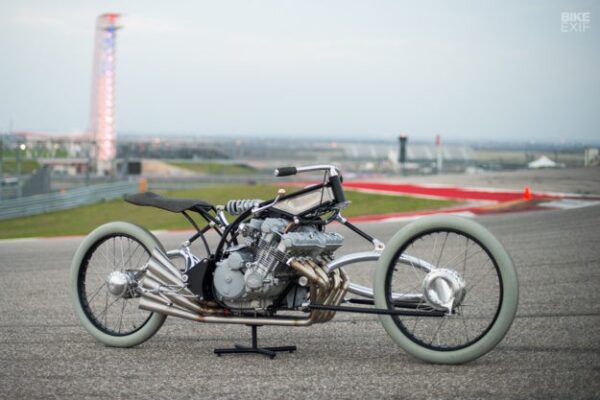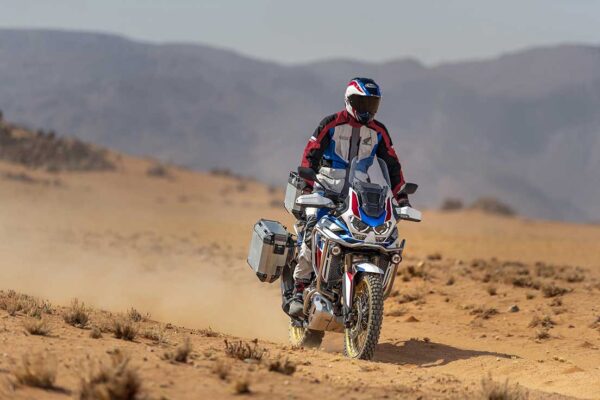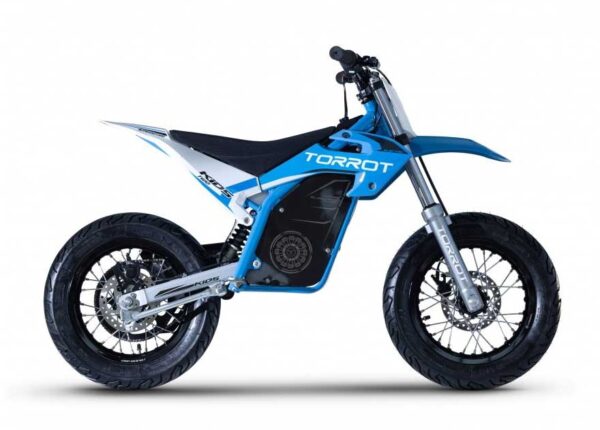by Otilia Drăgan from https://www.autoevolution.com When a motorcycle model stays popular over the decades, it’s not a good idea to mess with it too much. Honda knows what makes the Africa Twin and Africa Twin Adventure Sports such crowd-pleasers, so it makes sure to only introduce enough upgrades to improve what’s lacking and give the bikes a fresh look. Honda introduced the XRV650 Africa Twin in Europe more than three decades ago. What we now know as the Africa Twin is actually a “brand-new motorcycle from the wheels up,” which was launched in 2016, keeping the original version’s popular characteristics. According to Honda, this athletic-looking bike, with a comfortable chassis, proved to be a versatile riding option, from daily commutes to weekend adventures. In 2018, the manual transmission and Dual Clutch Transmission (DCT) versions of the Africa Twin were upgraded with a Throttle by Wire (TBW) control and three riding modes, extended torque control options, and benefited from improved engine response and sound. That same year, the Africa Twin Adventure Sports for off-road riding was introduced, with features such as greater range, longer-travel suspension, and upgraded wind protection. At the beginning of this year, the CRF1100L Africa Twin was “comprehensively redrawn” for a more aggressive, compact look, while the CRF1100L Africa Twin Adventure Sports benefited from enhanced technology, including the Showa Electronically Equipped Ride Adjustment option. For 2022, the Africa Twin is equipped with an aluminum rear carrier as standard, while the Adventure Sports model features a new 5-stage adjustable screen that is 4.3” (110 mm) lower, for improved visibility, without decreasing weather protection. Also, both DCT versions feature new settings that are meant to make handling in the first two gears even smoother. In terms of looks, both models are updated with vibrant graphics. The 2022 Africa Twin boasts


